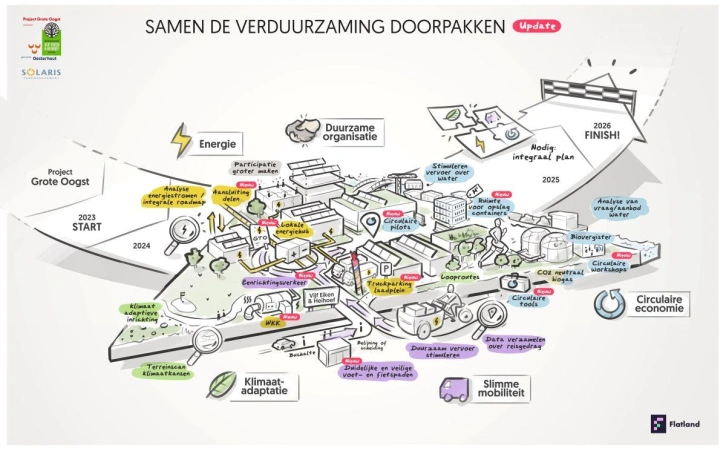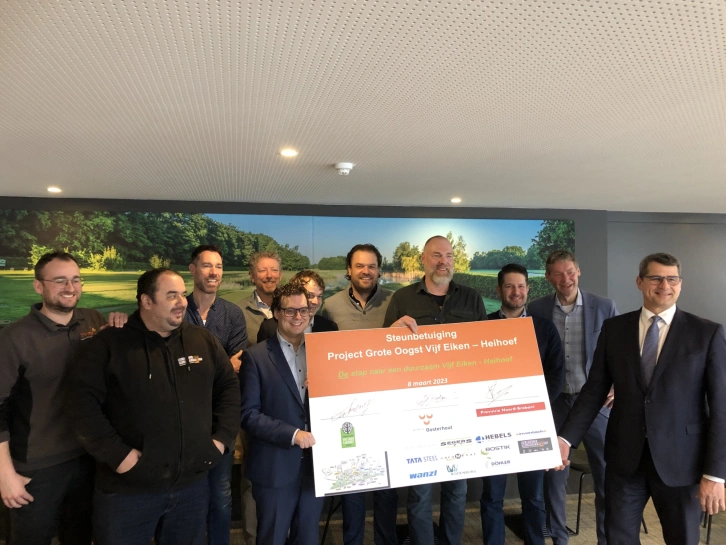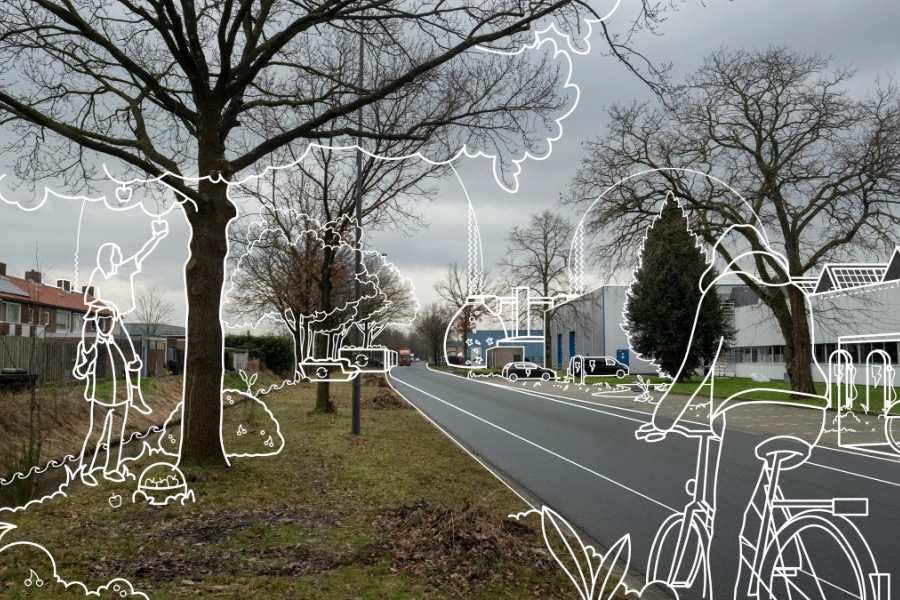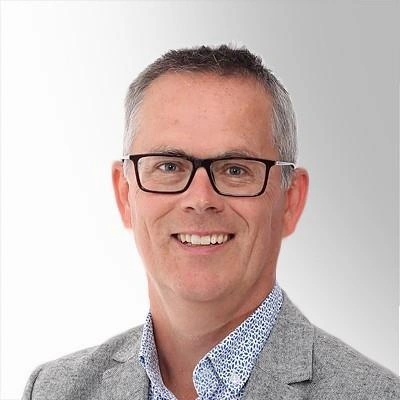The task was clear: make the Vijf Eiken business park fossil-free. That sounds simple – switching to green energy, for example – but the reality is that you can't just draw that energy from the socket anymore. Grid congestion is a serious obstacle. A year of measuring and analyzing was required for this complex puzzle, but in the meantime, there's a sustainability plan in place for the future.
From meter cabinet to heat network: concrete solutions
Antea Group and BOM mapped out the energy situation for each company. Based on this comprehensive analysis, the first step towards realisation has been taken: exploring the possibilities of a so-called group-ATO (connection and transport agreement, ed.). Here, multiple companies share one smart power connection - a relatively new solution that optimally utilizes grid capacity. This forms the backbone of a smart energy hub at Vijf Eiken.

In addition, there are plans for:
- CHP units (combined heat and power, ed.) – for efficient, local generation of electricity and heat via (bio)gas;
- A biogas plant at Rodenburg – to produce own green gas;
- A future heat network - powered by sustainable sources
It's not either-or, but both-and. A versatile, future-proof mix of solutions is being built – possibly even with connection to future hydrogen networks.
Faster and smarter sustainability
The participating companies – Rodenburg, Döhler, Bostik, Mauser, Vacumetal, Hebels Staal, Van der Kooy, and Tata Steel Tubes – are enthusiastic and committed. The combination of guidance and insight is positively perceived. The entrepreneurs now know exactly what they consume, when peaks occur, and where they can save. They experience the program as a lever to make sustainability efforts faster and smarter.

Example for other business parks
The Vijf Eiken case shows that sustainability is indeed possible – even in times of grid congestion. And it starts with collaboration: between entrepreneurs, the government, and implementing parties. “The dedication of the entrepreneurs and collaboration with the government and experts make the difference in this project,” says Jacco Buisman, project leader on behalf of the municipality of Oosterhout. “BOM plays an important role in this as an initiator, connector, and knowledge bearer – ensuring that ideas don't remain on paper but become reality step by step.”
Paul Blankenvoorde, involved on behalf of BOM, emphasizes the strength of this collaboration: “This project is an example for other business parks. With vision, data, and courage, you can really make an impact.”
Realisation of energy hub
The upcoming period will focus on gaining support for the joint solutions. “I will be satisfied if, at the end of the process, we have made the irreversible decision to realise the energy hub,” says Buisman. This step is expected by the end of 2026. “The road is long, but the direction is clear – and the initial results give confidence to continue,” concludes our colleague Paul Blankenvoorde.
About Grote Oogst
Grote Oogst is a provincial program that brings together business and government to make real progress in the energy transition, with a total of 13 business parks across Brabant participating. By focusing on clusters of companies, scale, collaboration, and acceleration are achieved. BOM plays an active role in this as a catalyst, connector, and knowledge link.
The process at Vijf Eiken is exemplary of this ambition: it's not just about making plans, but especially about actual realisation. And that is now becoming visible.

